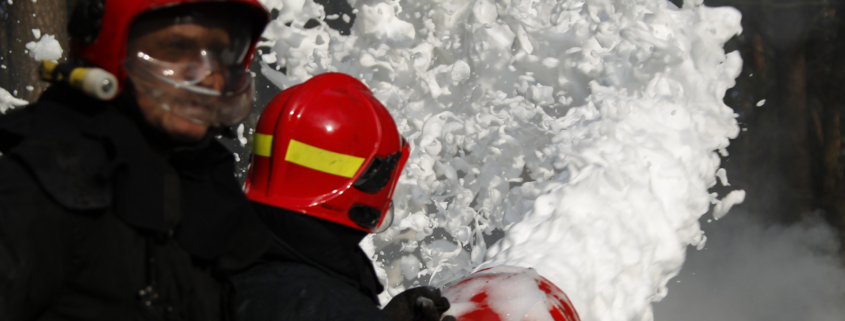What are Fire Suppression Systems and how do they work?
Fire suppression systems are activated by heat, smoke, or a combination of the two.
Because suppression systems use chemicals, foam, gas and O2 deprivation to stop fires from spreading, they are often used in sensitive areas such as museums or data centers.
Let’s review the different types of Fire suppression systems and their uses.
Clean Agent
Clean agent systems use inert gases such as CO2 and nitrogen or non-oily Fluorocarbons to reduce the oxygen in the air and choke out the fire. These gasses, unlike water, are electronically nonconducting and are therefore safer for electrical components. Because of this they are most often used in data centers and electronic repair centers where electrical discharge can be as damaging as smoke, fire or water damage to sensitive components.
CO2 Systems are specific clean agent systems using carbon dioxide to suffocate a fire.
Wet Chemical suppression systems are specific to commercial kitchens and put out grease and high-hat fires using cooling chemicals that interact with fats to create a foaming suppression agent.
Dry Chemical uses a large, pressurized tank of dry chemicals that are released in the event of fire and also work to choke out a fire through O2 reduction.
Fire Sprinkler Systems use water to put out fires in areas where chemical suppression would endanger the people in the space.
Some of the types of fire sprinkler systems that are frequently used are:
• Wet Pipe
• Dry Pipe
• Pre Action
• Deluge
• Foam Water Systems
• Fire Pumps
• Fire Backflow
Whatever type of fire suppression or sprinkler system you have installed, proper maintenance, adherence to NFPA code and an understanding of fire protocols are the most important elements of a total fire safety strategy. To learn more about reasons fire protection systems fail, read our article here:


